Overview
Beekeeping is a year-round activity that requires careful planning and timing which is only possible if one has a grasp of how seasonal shifts impact bees and their habitats. Understanding how bees adapt to those changes is key to successful hive management.
Every season brings its own set of challenges and opportunities for beekeepers. From the blossoming flowers of spring that kickstart the hive’s activity, to the dormant winter months, each period demands different management strategies.
Beekeeping is guided by the rhythm of seasons. Knowing when to inspect hives, treat illnesses, or harvest honey aligns with these natural cycles. A beekeeper’s calendar is not just a tool—it’s an essential part of ensuring bee health and productivity.
By understanding seasonal influences, beekeepers can better support their hives. It’s about anticipating needs and responding proactively rather than reacting to problems later. This approach not only benefits the bees but enriches the entire beekeeping experience.
This guide provides an overview of beekeeping tasks for every season, ensuring your colonies thrive throughout the year.
Spring: Building Momentum
Springtime marks the beginning of an active period for beekeepers. After the quietness of winter, bees start bustling with the arrival of blooming flowers. This season is all about laying a strong groundwork for the year ahead.
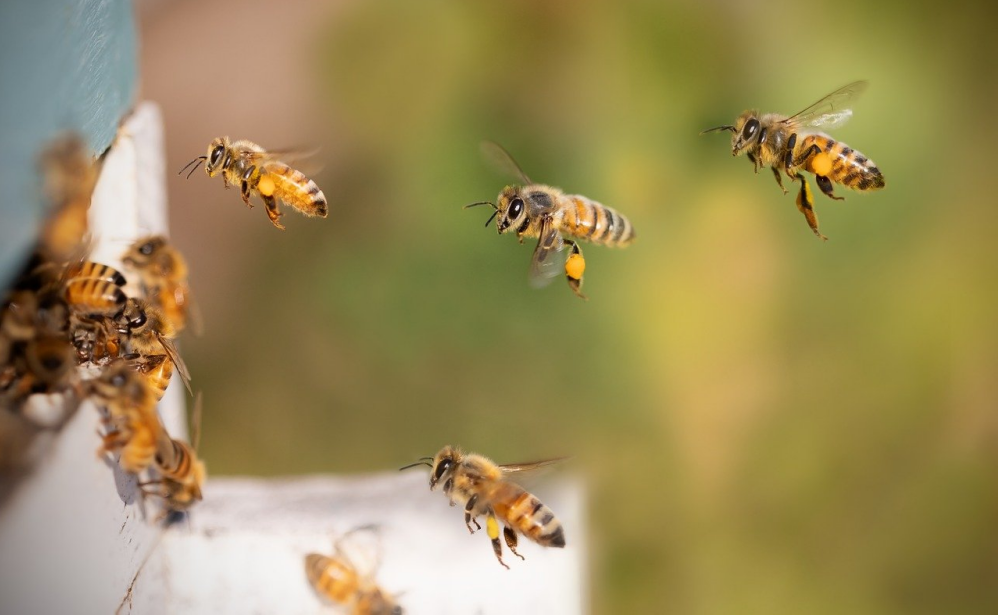
Spring is a time of rapid growth for bee colonies as they recover from winter and prepare for the upcoming honey flow.
Spring presents an abundance of pollen and nectar, kickstarting the hive’s productivity.
Post-winter inspections are vital. These initial checks ensure hive health following the colder months. Cleaning out debris and checking for remnants of mold or decay prevents future complications.
Here are the essential tasks for spring:
Inspection Tips
- Conduct the first hive inspection on a warm day (above 50°F/10°C).
- Check for signs of life, such as brood, eggs, and active workers.
- Assess food stores; ensure at least 15-20 lbs of honey remain.
- Look for signs of disease, such as chalkbrood or foulbrood.
Swarm Prevention
As populations grow, managing swarm behaviour becomes critical. Creating splits from large, healthy colonies prevents overcrowding and promotes vibrancy across all hives.
Every beekeeper knows about the need for tactical expansion. It’s the perfect time to introduce new hives or nurture additional colonies. This proactive step can lead to a thriving apiary over the summer.
- Monitor for overcrowding and the presence of queen cells.
- Add supers early to provide space for growth.
- Consider splitting hives to manage population.
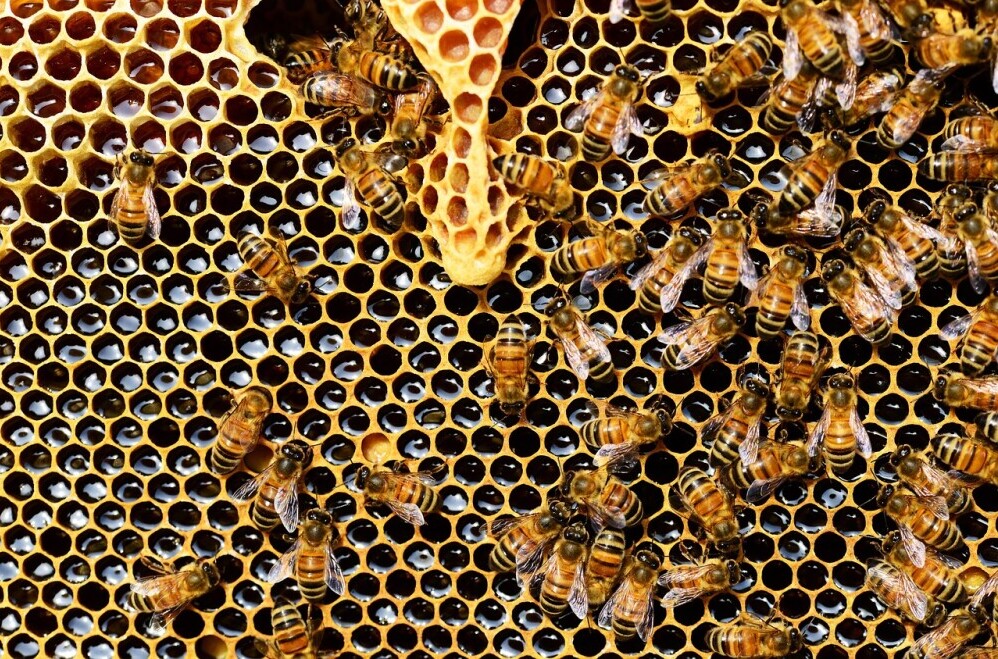
Queen Checks
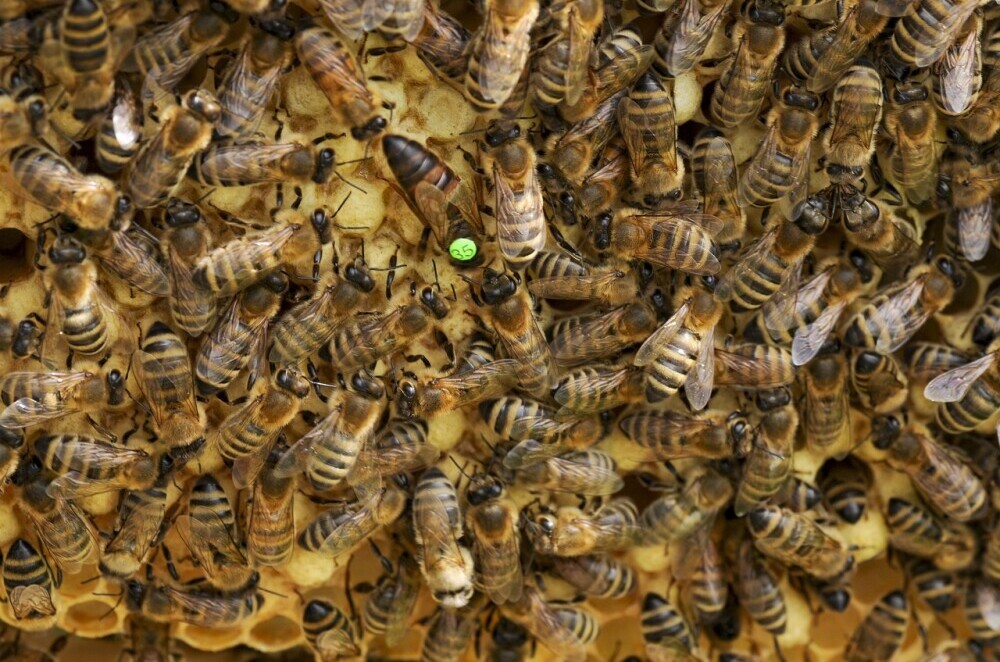
- Confirm the presence of a healthy queen by observing a consistent brood pattern and eggs.
- Requeen weak colonies if necessary.
Feeding & Foraging
- Provide sugar syrup or pollen substitutes if natural forage is scarce.
- Monitor weather patterns and adjust feeding accordingly.
Keeping a close eye on hive conditions and bee health during this bustling season sets the stage for successful honey production and hive resilience.
Summer: Managing Growth and Harvesting Honey
Summer is when beehives reach peak activity. The bees are in full swing, thanks to the abundance of blooms, and this is the time for harvesting the fruits of earlier labour. Beekeepers must be vigilant and proactive to maximise honey production while maintaining hive health.
Observing honey flow dynamics is crucial. During summer, bees may bring in significant amounts of nectar daily. Understanding this can help in making timely decisions about when to extract honey, ensuring quality and sustainability.
Honey Flow Management
- Add supers early to prevent overcrowding and give bees space for nectar storage.
- Harvest honey responsibly, leaving enough for the bees to sustain themselves.
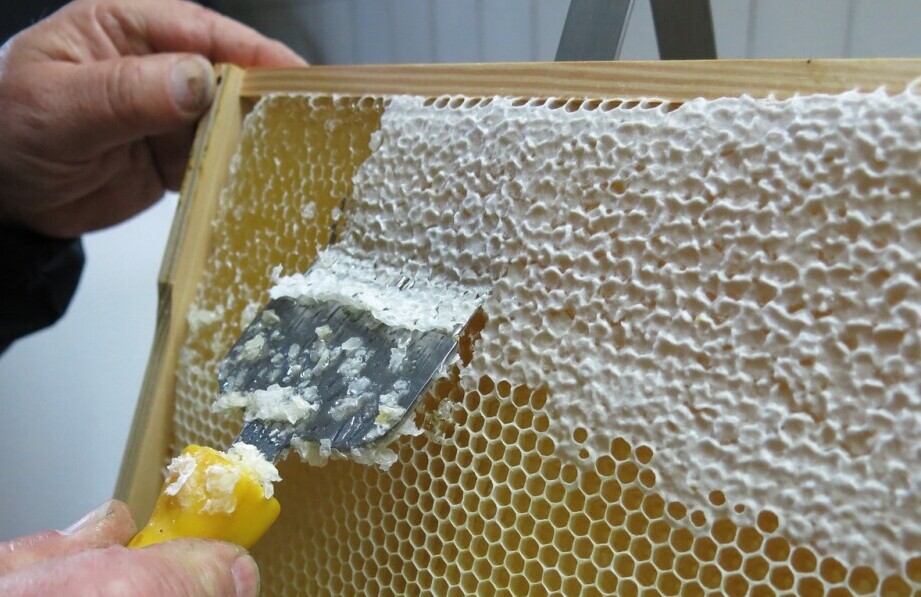
The actual honey extraction involves careful planning. Using the right equipment and techniques minimises disruption to the bees and keeps the honey clean. Proper extraction not only yields sweet rewards but also supports continued hive productivity.
Bee health should remain a top priority amid the hustle. Summer’s warmth can lead to overheating in hives, so ventilation is critical. Access to reliable water sources nearby can help regulate temperature and maintain overall hive well-being. Ensure bees have access to clean water sources, especially during dry spells.
Pests and Disease Control
As the bees work tirelessly, it’s essential to remain alert to signs of stress or disease. Regular checks and timely interventions can prevent minor issues from becoming major setbacks, ensuring the hives remain robust and ready for the seasons ahead.
- Monitor for common pests like Varroa mites, wax moths, and small hive beetles.
- Implement integrated pest management (IPM) strategies, such as screened bottom boards or chemical treatments if necessary.
Splitting Colonies
- Perform hive splits to prevent swarming and increase your apiary size.
- Provide conditions for the hive to raise a new queen, or purchase and introduce a new queen.
Autumn (Fall): Winter Prep Starts Here
Autumn is all about gearing up for the colder months ahead. As the bees begin to slow down their activity, beekeepers need to focus on evaluating the hive’s overall health and readiness for winter. This period is critical for making adjustments that will see the honey bees through till spring.
Feeding for Winter
Feeding practices vary and need particular attention, especially as natural food sources dwindle. Effective supplementation can be crucial in building up the necessary reserves that honey bees will rely on throughout winter. It’s about ensuring they have enough to get by when foraging is no longer an option.
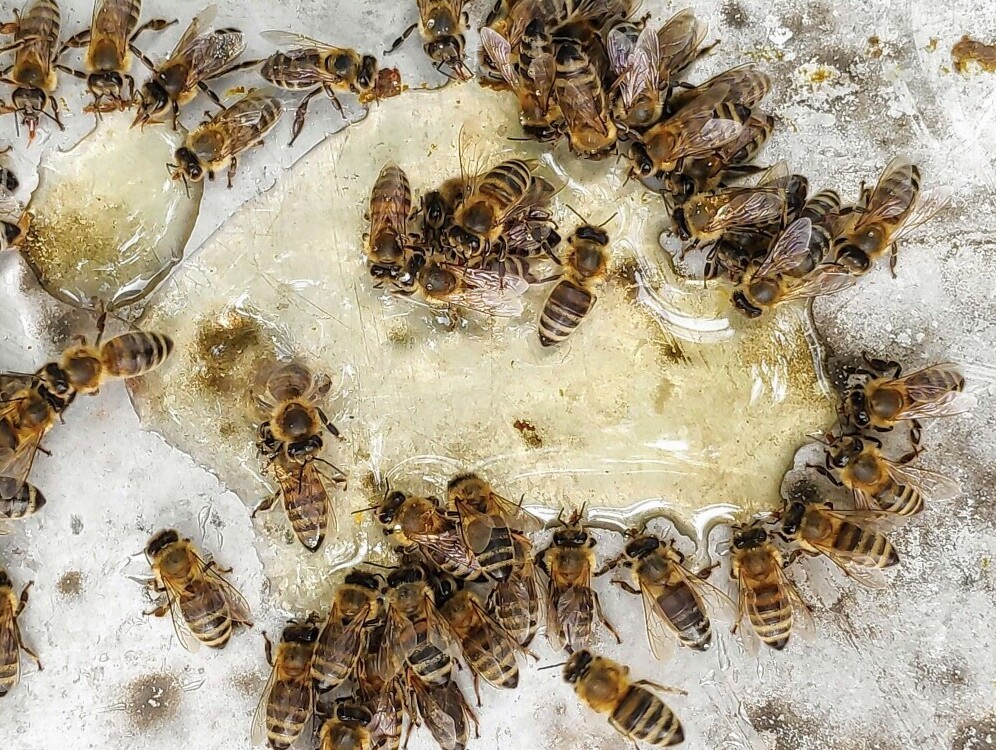
- Evaluate honey stores; aim for 40-60 lbs per hive.
- Supplement with 2:1 sugar syrup if stores are low.
Pest Treatments
Disease prevention is another important aspect to address during the fall. Fall mite treatments can help in reducing their load and preventing them from becoming a focal issue during the less active winter months.
- Conduct Varroa mite counts and apply treatments before winter.
- Protect hives from robbing bees and wasps using entrance reducers.
Winterisation Tasks
Reorganising hives for better insulation and space management reduces stress on the colony. The focus is on creating a buffer against the harsh conditions and ensuring the bees can maintain their critical winter cluster, which is essential for keeping the queen warm.
- If applicable for your region, insulate hives using breathable materials.
- Reduce entrances to conserve heat and prevent intruders.
- Remove empty supers to streamline the hive.
Winter: Observation & Planning
Winter may seem like a quiet time for bees, but it requires diligent care from beekeepers to ensure hive survival. Understanding bee behavior during these cold months helps in maintaining healthy colonies.
Bees cluster together to keep warm, focusing on sustaining the queen’s life. Recognising this behaviour aids in better hive management and anticipating their needs.
Monitoring Hives
Monitoring is important, even in winter. Keeping a check on hive weight gives insights into food reserves and whether supplemental feeding might be necessary to prevent starvation. After a storm or particularly windy weather, it would be sensible to see if your hives are in order.
- Check for activity by listening for buzzing or observing entrance behaviour.
- Avoid disturbing the hive unless absolutely necessary.
Emergency Feeding
- Provide sugar cakes or fondant if food stores run low.
- Monitor hive weight periodically to assess food reserves.
Protecting Hives
- Prevent moisture buildup by ensuring proper ventilation.
- Safeguard against predators like mice or woodpeckers by using entrance guards.
Off-Season Prep
Winter is a time for planning and strategising for the coming year. Reviewing notes on what worked well or faced challenges during the previous seasons can be invaluable in refining beekeeping practices. Common tasks include:
- Cleaning and repairing equipment,
- Planning new hive placements or expansion,
- Ordering supplies for the upcoming season.
Common Challenges by Season
Unexpected challenges can arise throughout the year. Here’s how to address them:
Spring Frosts
- Protect hives by ensuring adequate food stores and insulation.
- Delay opening hives until warmer days.
Drought in Summer
- Provide consistent water sources.
- Monitor forage availability and supplement if necessary.
Pests Across Seasons
- Implement a year-round pest management plan, adjusting strategies for seasonal threats.
Regional Variations
Beekeeping practices can vary significantly based on your location. Tailor your management to local climate and flora.
- Temperate Regions: adjust for defined seasons and varying forage availability.
- Tropical Regions: focus on managing year-round nectar flows and pests.
- Arid Regions: prioritise water access and heat protection.
Monthly Beekeeping Tasks — Checklist
February/ March:
- Conduct the first spring inspection.
- Feed if necessary to boost colony strength.
April:
- Add supers as nectar flow starts.
- Monitor for swarm signs and take preventive action.
May:
- Continue swarm prevention.
- Split hives if needed to manage growth.
June-August:
- Harvest honey responsibly.
- Monitor for pests and diseases.
September:
- Begin winter preparations by evaluating food stores and applying mite treatments.
October-November:
- Insulate and reduce hive entrances.
- Ensure colonies are strong going into winter.
December-February:
- Monitor hive conditions without disturbing bees.
- Provide emergency feeding if necessary.
- Plan and prepare for spring.
By following this guide, you’ll be well-equipped to support your bees through the seasons, ensuring healthy colonies and productive hives year-round.
